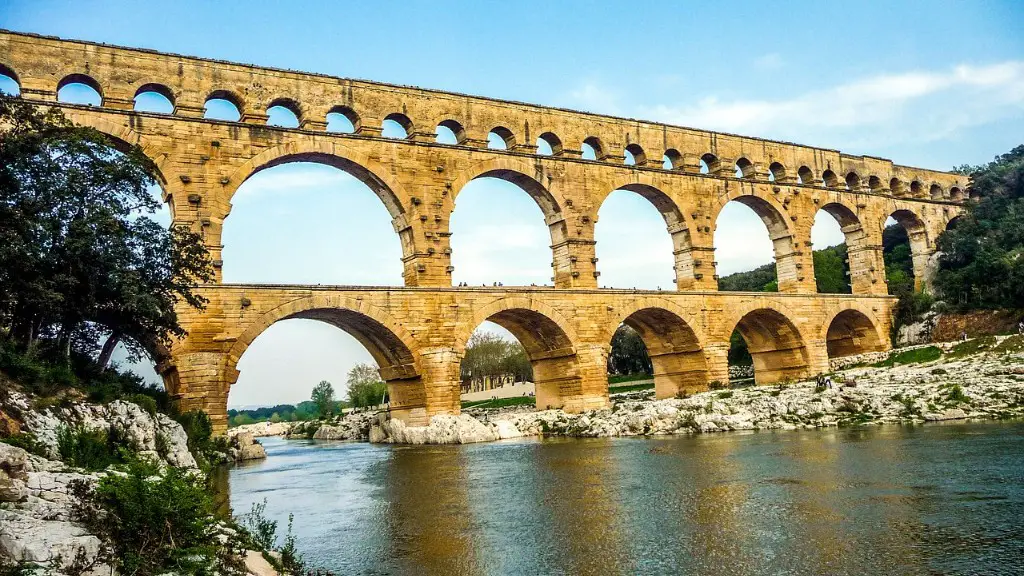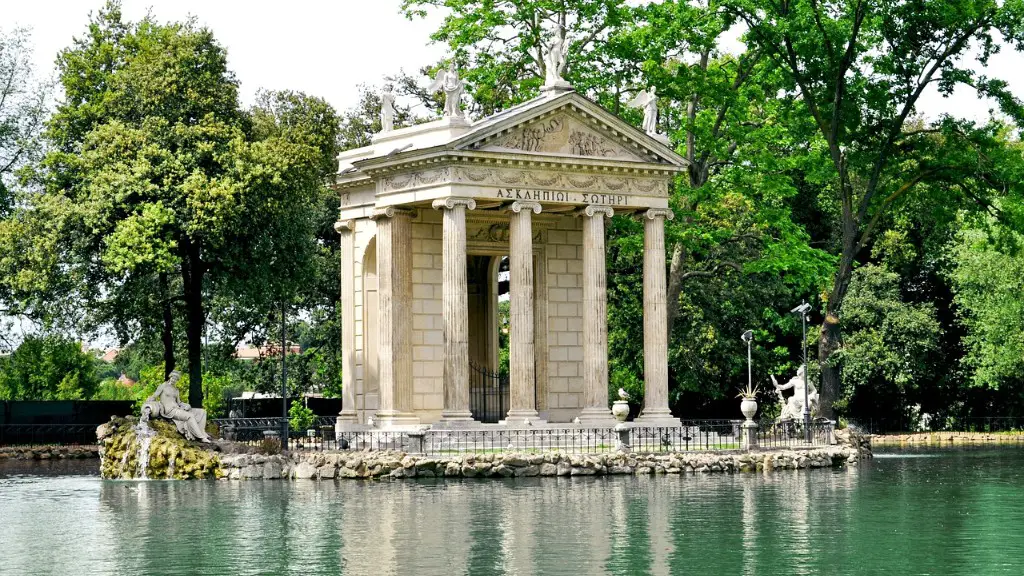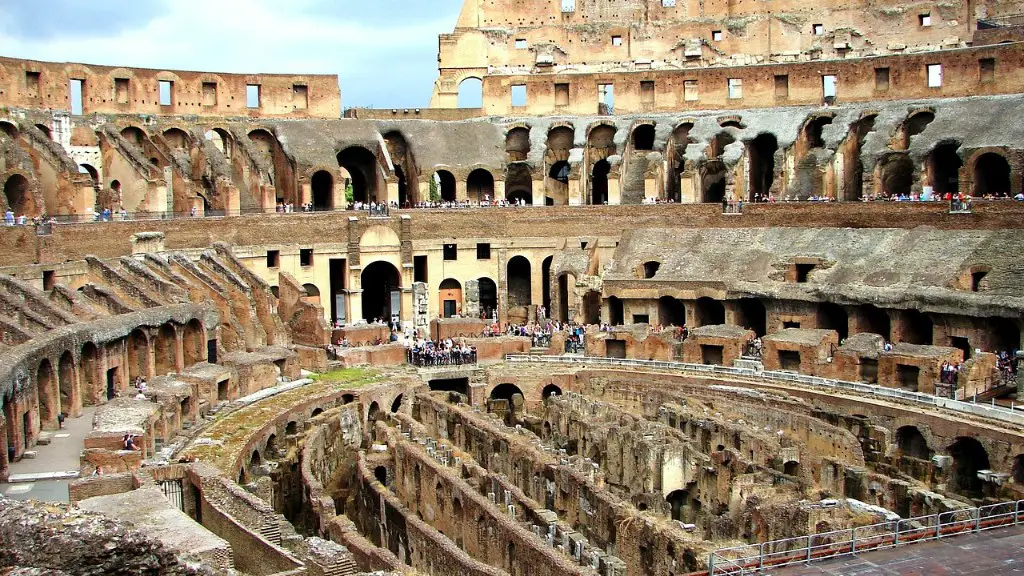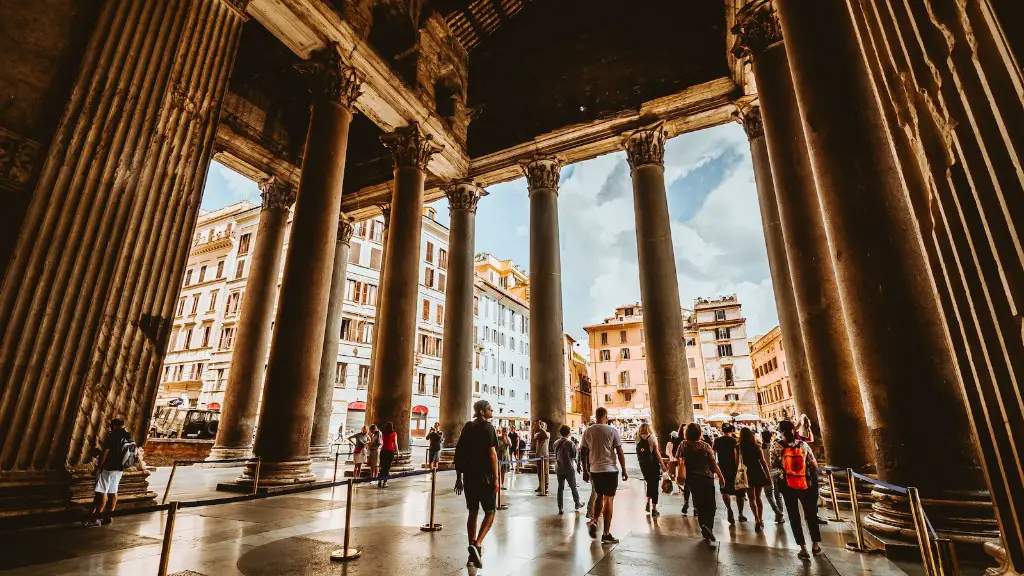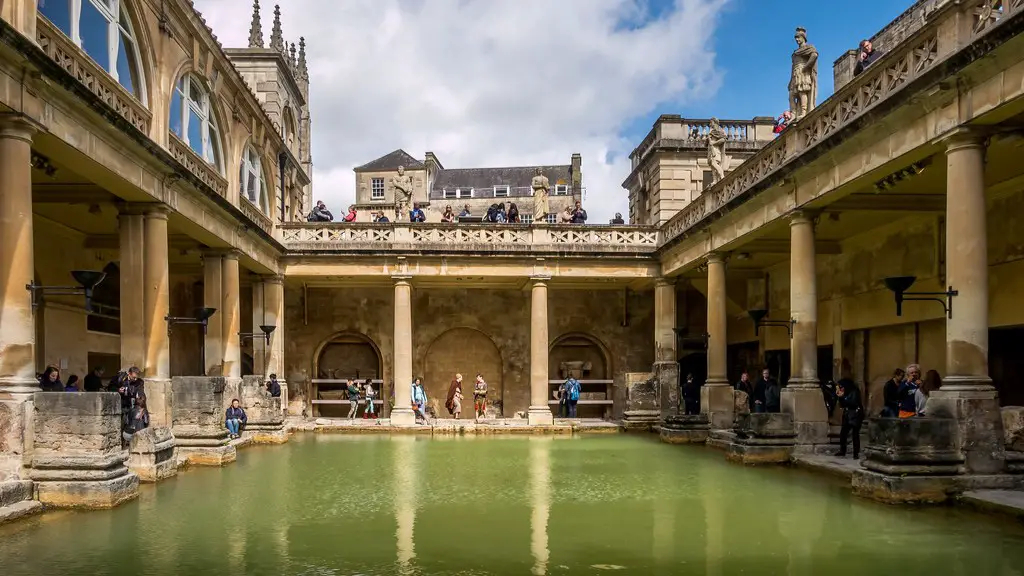Many people know about the great ancient civilizations of Greece and Rome, but don’t know much about their social lives. Greece is known for its art and literature, and Rome for its military prowess. What was social life like in these two great ancient cultures?
The social structure of Ancient Rome was largely based on heredity, property, and wealth. There were three main social classes in Ancient Rome: the patricians, the plebeians, and slaves. The patricians were the wealthy upper class, while the plebeians were the poorer lower class. Slaves were the lowest social class, and were owned by the patricians and plebeians. Ancient Rome was a very hierarchical society.
The two main social orders in ancient Rome were the patricians and the plebeians. The two were in a political struggle lasting for more than 200 years. In the beginning, the patricians were supposed to have enjoyed a monopoly of power, while the plebeians began with nothing except the right to vote in the assemblies. The struggle between the two orders was finally resolved in the Lex Hortensia of 287 BC, which granted the plebeians equal rights with the patricians.
The public bath was an important part of Roman city life. It was a place where people came to bathe and socialize. The public bath was something like a community center where people worked out, relaxed, and met with other people.
Social class in ancient Rome was hierarchical, with multiple and overlapping social hierarchies. An individual’s relative position in one might be higher or lower than in another, which complicated the social composition of Rome. The wealthy elites were at the top of the hierarchy, followed by the middle class and the lower class. Slaves were at the bottom of the hierarchy and were not considered citizens.
The patricians were the early Roman Empire’s governing elite. They were a group of people that lived in The patricians were the early Roman Empire’s governing elite. The plebeians were the other class of Roman citizens that everyone else was referred to as. The patricians had more power and privilege than the plebeians.
The Roman Republic was in a period of decline in the 1st century BC. This was due to a number of factors including frequent slave uprisings, questions of citizenship for allies, land distribution that forced the poor to move to the city and starve, and corrupt taxation by the publicani. The Roman Republic was unable to deal with these issues effectively, leading to its eventual decline and fall.
However, there were a few political problems that arose over time. For example, there was a lot of corruption in the government and the ruling class. This led to a lot of inefficiency in the government and the society as a whole. In addition, there were a lot of economic problems. The cost of living was rising while wages were not. This led to a lot of poverty and social unrest. Lastly, the frontier or border was becoming weaker. This was because the empire was becoming too big and it was becoming difficult to defend all of the territory.
The social structure of ancient Rome was based on heredity, property, wealth, citizenship, and freedom. It was also based around men: women were defined by the social status of their fathers or husbands. Women were expected to look after the houses and very few had any real independence.
Although the concept of amicitia (friendship) between individuals was ideally one of genuine friendship marked by mutual fondness, in practice it was often nothing more than a political alliance. Forming and breaking bonds of amicitia was thus a highly formalized process. The amici Augusti (friends of Augustus) formed the court in imperial times.
How did the Romans wipe their bottoms
The tersorium was a soft, gentle way to clean oneself, and the Romans liked to move their bowels in comfort. The gutter supplied clean flowing water to dip the sponges in, which was a much needed improvement over the previous method of using a dry sponge.
Ancient Rome had a very formal and official class structure. Records of each class were kept, and being wealthy was often not enough to move up through the classes. There were three basic divisions in Roman society: citizens, noncitizens and slaves.
The patricians were the ruling class of the early Roman Empire. Only certain families were part of the patrician class and you had to be born a patrician. The patricians were only a small percentage of the Roman population, but they held all the power. All the other citizens of Rome were Plebeians.
Society was divided in two classes – the upper-class Patricians and the working-class Plebeians – whose social standing and rights under the law were initially rigidly defined in favor of the upper class until the period characterized by the Conflict of the Orders (c. 495-287 BC). The Patricians held all the power and the Plebeians were essentially powerless. However, over the course of the conflict, the Plebeians won a number of important concessions from the Patricians, including the right to elect their own officials (the tribunes) and the codification of their rights in the Twelve Tables.
When did Roman girls marry
The age of lawful consent to marriage was 12 for girls and 14 for boys during the Roman times. However, most Roman women actually married in their late teens to early twenties. Still, noble women tended to marry younger than those of the lower classes. An aristocratic girl was expected to be a virgin until her first marriage.
The patrician class were the descendants of the most ancient and powerful noble families. They were landowners, lived in large houses and they had political power in the Senate. The patricians married and did business only with people of their own class.
How did middle class Romans live?
The domus were built from stone, wattle and mud bricks. They were family homes with several rooms, perhaps around a central courtyard or atrium that was the focal point of the house, serving as a living room. The domus were comfortable and cosy, and the middle classes who could afford them enjoyed a good standard of living.
The gap between the rich and the poor in the Roman Empire was incredibly large, with the top 1% of the population controlling over 16% of the empire’s wealth. This led to a lot of social unrest and ultimately contributed to the empire’s decline. The Gini coefficient, which measures the level of income inequality in a society, measured Rome at an incredibly high 0.43. This showed that the Roman Empire was very unequal and that there was a lot of tension between the different social classes.
How did the lives of boys and girls differ in Rome
Boys, especially from wealthier families, had more freedom than girls and were generally more educated. Poor children often had to work in and outside the home to learn a trade for the future. Girls were generally not as educated as boys and did not have the same freedoms.
The alimenta was a Roman welfare program that provided food and clothing for orphans and poor children. It was active from around 98 AD to 272 AD. Most modern historians believe that it was started by emperor Nerva and expanded by Trajan. The alimenta helped children in need throughout Italy.
Conclusion
In general, ancient Rome was a very social society. People were expected to interact with each other on a regular basis and there were many opportunities for socializing. For example, people would gather in public places to talk, to eat, to drink, to shop, and to enjoy entertainment. There were also many private parties and gatherings where people could socialize.
Assuming the question is asking about the social structure of ancient Rome, it is believed that Ancient Rome had three social classes: the patricians, the plebeians, and slaves. The patricians were the wealthy landowners who made up the ruling class. The plebeians were the poorer citizens who made up the majority of the population. Slaves were the poorest citizens with no rights who were owned by the patricians.
